1. Overhead Projectors
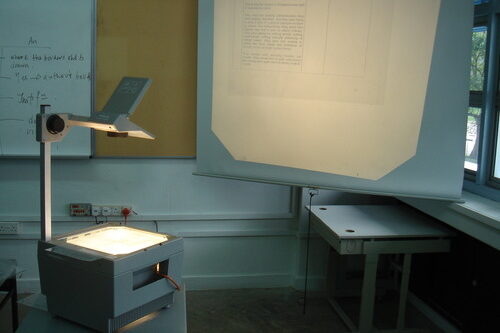
Remember the satisfying clunk of an overhead projector being wheeled into the classroom? Teachers would slap a transparent sheet onto the glowing surface and write with those squeaky wet-erase markers while the rest of us squinted at the wall, pretending we understood the math problem being projected. These machines had a strange magic to them—somehow making even the most boring diagram look a little more official when enlarged and slightly tilted on the wall. If the teacher moved their hand too fast, the shadow would streak across the screen like a ghost shares RSC Education.
Sometimes the fan was so loud you could barely hear what was being said. And let’s not forget the battle of the burnt-out bulb—every school had at least one projector that hadn’t been replaced in years. Today’s smartboards do a lot more, but they lack the low-tech charm of a clunky cart and a squealing pulley screen. For many of us, that glow was the first sign class might be a little more interesting that day adds EdTech Magazine.
2. Filmstrips
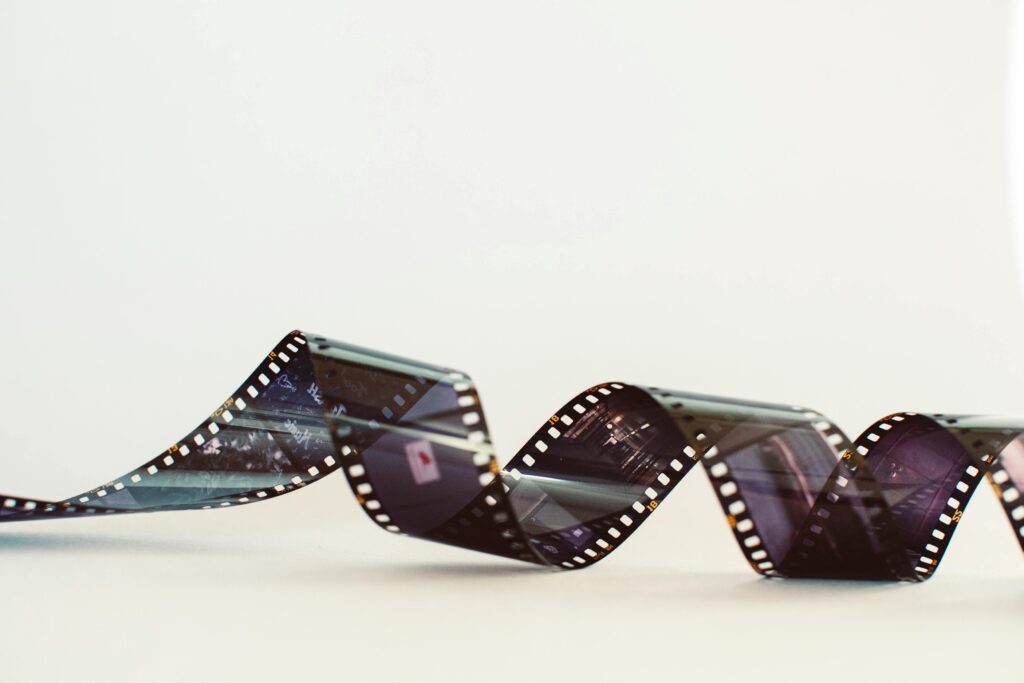
Before Netflix and YouTube, there were filmstrips, and they were serious business. A teacher would dim the lights, load the little reel into the projector, and press play on the cassette tape that told you when to flip the slide. The beep was iconic—it meant it was time for the next still image, usually a grainy illustration or an awkwardly posed photo of someone brushing their teeth says the Town Line Newspaper.
It always felt like a treat to watch one, even if the topic was something dry like “Proper Table Manners.” The tape would sometimes get warped, turning voices into spooky, slowed-down echoes. But when it worked, it was oddly soothing. Today, kids can pause and rewind in crisp HD, but those clicky, frame-by-frame visuals had their own kind of suspense. And let’s be honest, we all waited for the one kid who forgot and didn’t flip the slide in time adds the Batavian.
3. Ditto Machines
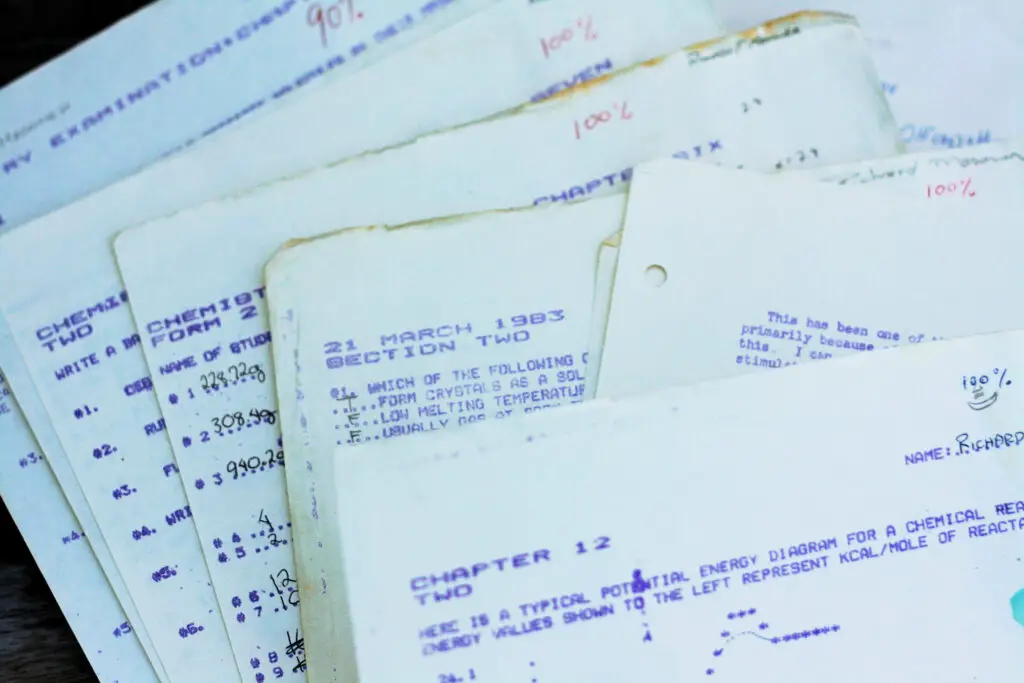
If you remember sniffing your homework paper, you probably went to school in the ’70s. Ditto machines, or spirit duplicators, were used to make copies by pressing ink from a master sheet onto paper—and they gave off a very distinctive smell. That bluish-purple ink was almost always smudged, but it had a charm to it. Teachers would hand out freshly copied pages that were still damp, and kids would sneak a whiff before tucking them into their desks.
You weren’t supposed to sniff them, of course, but everybody did. The process was messy, and the ink could easily stain your hands. But for a long time, it was the fastest way to make worksheets for a whole class. Today’s laser printers may be efficient, but they’ll never beat the olfactory experience of a freshly printed ditto.
4. Chalkboard Erasers and Dust Clouds
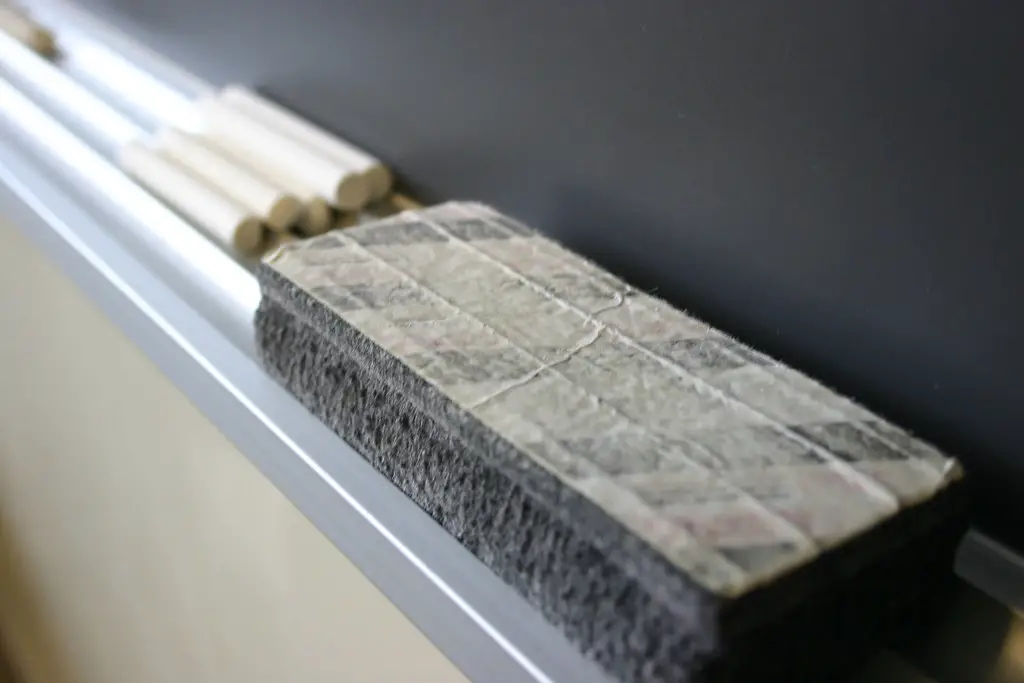
Before whiteboards, classrooms were filled with the sound of chalk squeaking and the sight of little puffs of dust. Erasing the board wasn’t just a necessity—it was a full sensory experience. The erasers would get caked with white powder, and every so often, a student would be sent outside to “clap the erasers,” which was either a punishment or a reward depending on your mood.
There was always a sort of pride in drawing a perfect straight line with a chalk ruler. Of course, if the teacher accidentally dragged their sleeve through their notes, it was all over. You’d spend the next five minutes trying to decipher what was underneath the cloudy smudge. Today’s dry erase markers are cleaner, but they don’t offer the same dramatic flair of a good chalkboard swipe.
5. Slide Rules
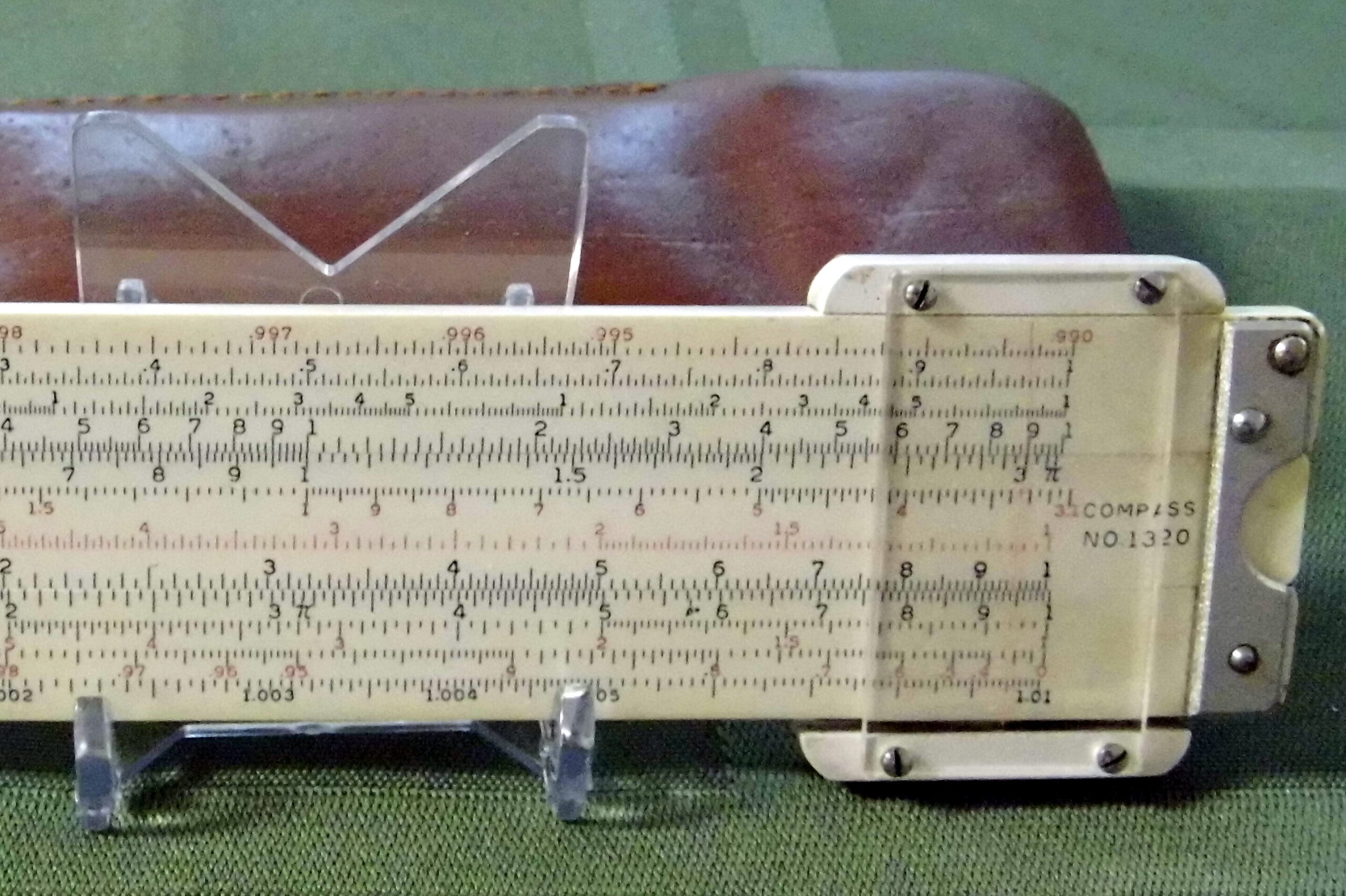
Before calculators became classroom staples, the slide rule was the trusted companion of every math and science student. They looked intimidating—long, sleek, and filled with mysterious numbers—but if you knew how to use one, you felt like a genius. Teachers would demonstrate calculations using these analog marvels, and if you could follow along, you were probably headed for engineering school.
They weren’t particularly fun or colorful, but they were reliable. Once calculators came along, the slide rule quickly slid out of fashion (pun intended). Still, it had a solid run and gave a certain weight to solving problems. There’s something kind of cool about the idea that your parents solved complex equations using just a sliding piece of plastic and their brains.
6. Film Reels and 16mm Projectors
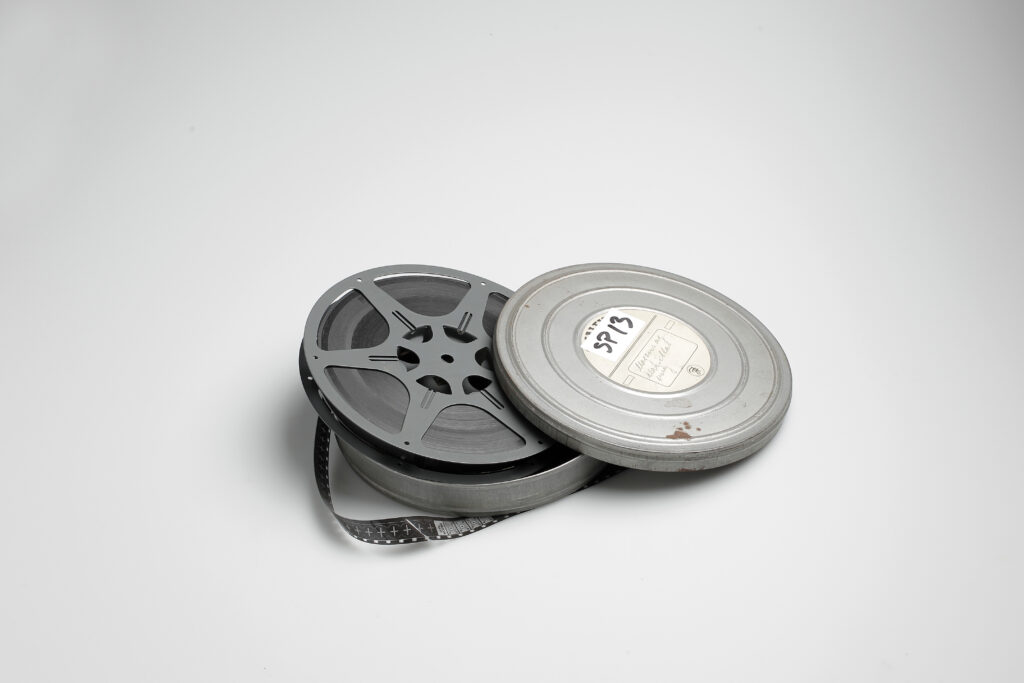
When the teacher rolled in a giant projector and pulled down the screen, you knew you were in for something special. Watching a film in class meant the lights went off, the room got cozy, and the clicking of the film reel began its hypnotic loop. Of course, it also meant at least one student would fall asleep by the ten-minute mark.
The reels were tricky—sometimes they’d jam or break mid-movie, and you’d hear a collective groan from the class. But when they worked, it felt like a school day had turned into movie night. Most of the films were educational, but that didn’t mean they were boring. You’d watch them wide-eyed, not just because of the content but because it was just so different from the usual chalkboard routine.
7. Flashcards on a Stick
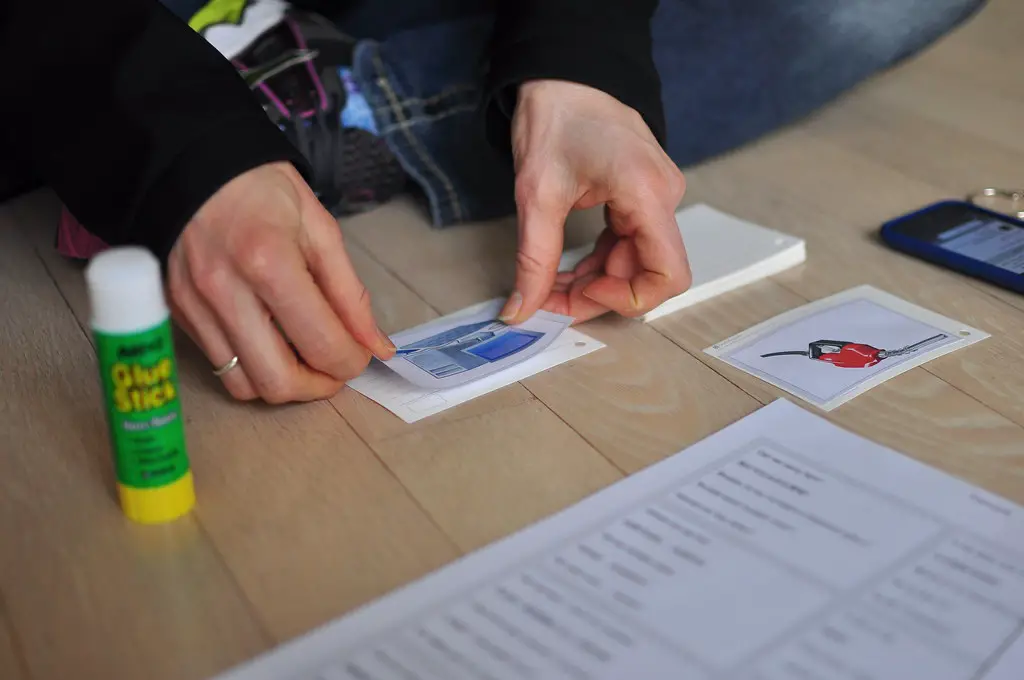
There was something oddly satisfying about the teacher flipping through oversized flashcards stuck to a wooden stick. These weren’t your pocket-sized study tools—these were giant cards with bold letters, shapes, or math problems that the whole class could see. Teachers would stand in front of the room like game show hosts, dramatically flipping to the next one.
It felt interactive even if you weren’t the one answering. There was always pressure to answer quickly before the next card came flying around. Sometimes the cards were worn or had doodles from students past, which only added to their charm. These days, PowerPoint and interactive apps have taken over, but nothing beat the anticipation of “What’s the next card?”
8. Hand-cranked Pencil Sharpeners
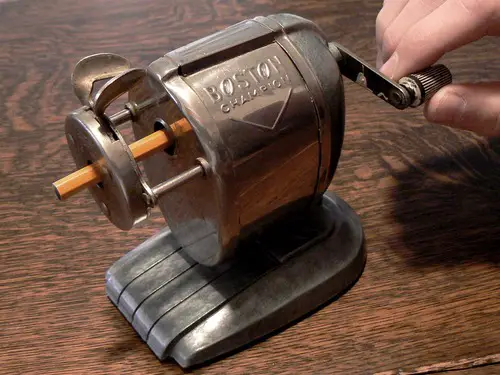
You could hear it from across the room—that grinding sound as someone cranked the pencil sharpener bolted to the wall. It was both a tool and a classroom event. The walk to the sharpener felt like a mini break from whatever worksheet you were doing, and if you took your time cranking, no one really blamed you.
The sharpeners were stubborn, and sometimes your pencil came out worse than it went in. Still, there was something oddly satisfying about getting a perfect, smooth point. Kids today just push a button or use mechanical pencils, but we had to earn that graphite tip. Plus, it gave you a chance to stretch your legs and maybe sneak a glance at your friend’s desk along the way.
9. Weekly Readers
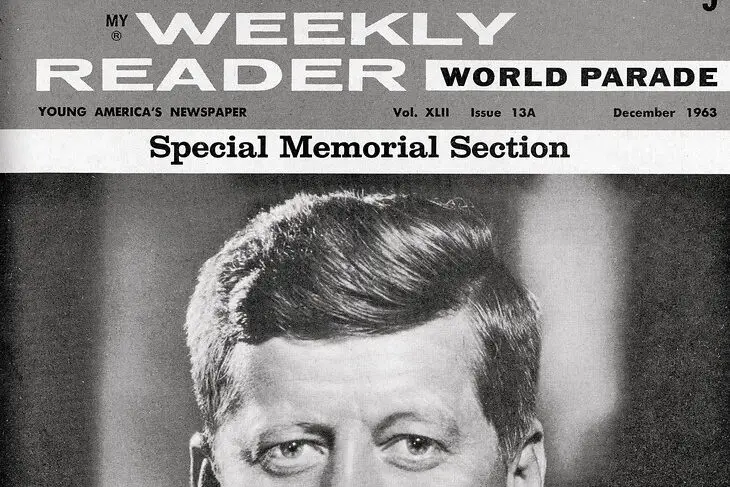
Getting a new Weekly Reader felt like a treat, even if the articles weren’t always thrilling. These mini newspapers came packed with current events, human interest stories, and activities, all printed on that thin, slightly glossy paper. You’d flip through it during homeroom or reading time, pretending to care about the news when really, you were just looking for the comic strip.
Sometimes the articles were surprisingly interesting, and they gave you a taste of what was happening beyond your school walls. They weren’t flashy, but they helped spark a lifelong interest in reading and learning for some kids. And when it was your turn to read aloud in class, there was a real sense of pride. In a world of tablets and eBooks, the humble Weekly Reader holds a special place in school nostalgia.
10. Card Catalogs in the Library
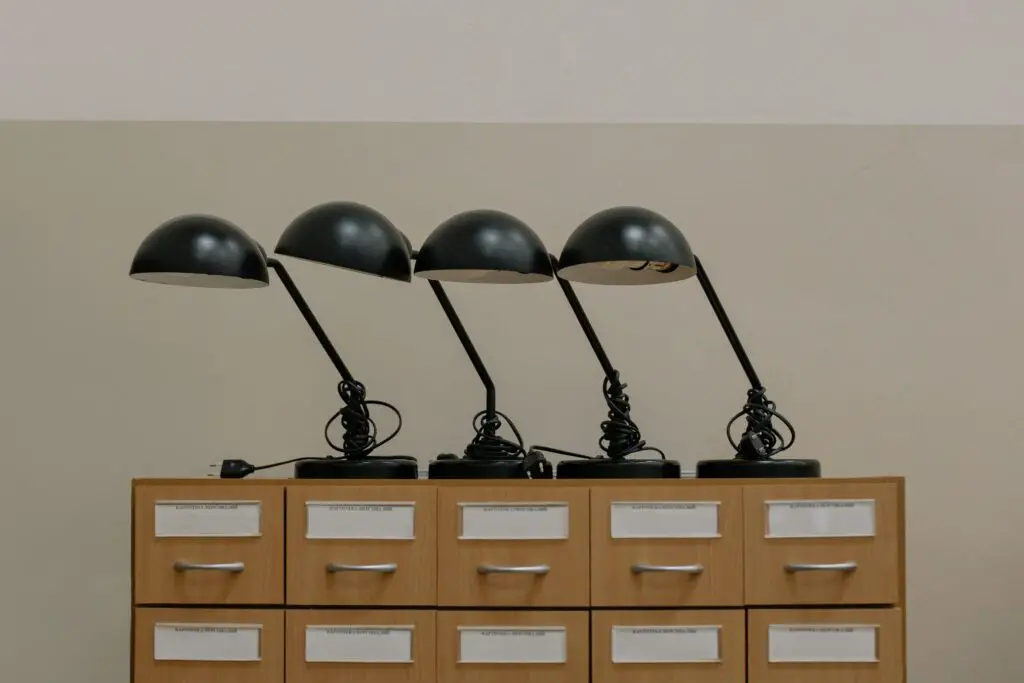
If you wanted to find a book, you didn’t Google it—you headed straight to the card catalog. These wooden drawers, filled with alphabetized index cards, were the gateway to the entire library. You’d flip through them carefully, looking for the title or subject, and then jot down the Dewey Decimal number like it was a secret code.
It was quiet, methodical, and oddly satisfying. The smell of the drawers, the yellowing cards, the sense of discovery—it all added to the experience. Sure, it took longer, but you felt like a little detective on a mission. Today, kids can search an entire library with one tap, but they’ll never know the quiet thrill of finding just the right card in a sea of paper.
11. Bulletin Board Felt Cutouts
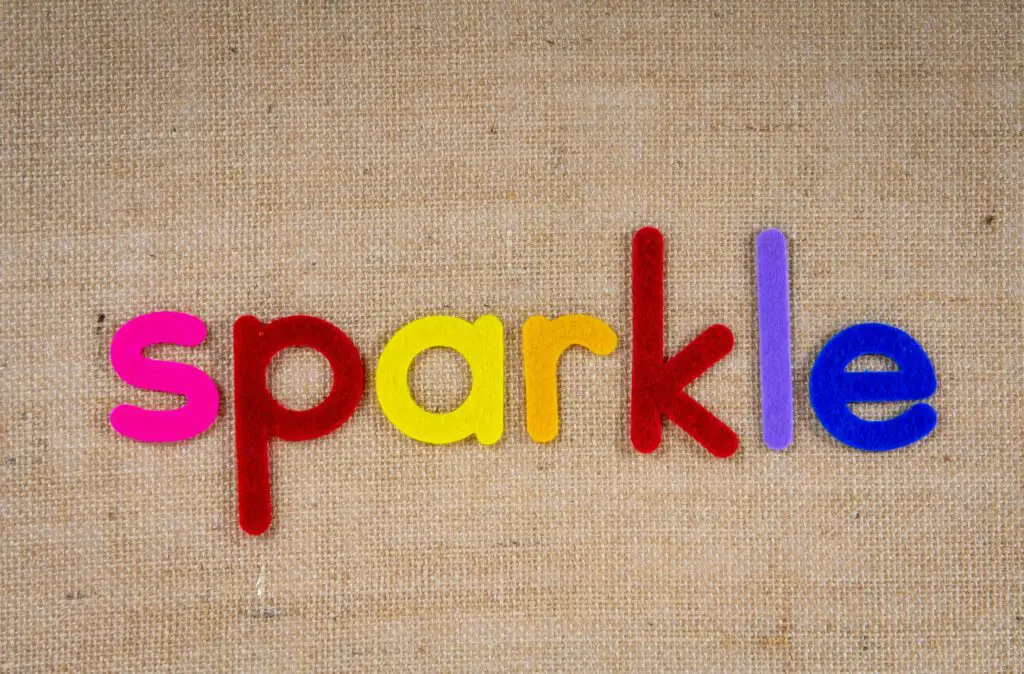
Every classroom had that one bulletin board that changed with the seasons. Leaves in the fall, snowflakes in the winter, and sunshine in the spring, all made from colorful felt cutouts. Teachers (and often students) would spend hours pinning everything just right. It was a big deal to have your work displayed up there, surrounded by stars and hand-cut letters.
The boards weren’t just decoration—they were a part of classroom life. You’d walk past them every day and feel a little burst of pride if your art made the wall. Today’s digital displays may be high-tech, but they don’t have the cozy, crafted charm of a bulletin board made with love and staples. Sometimes, all it took to brighten a Monday morning was a smiling felt pumpkin or a construction paper turkey.
12. Reading Primers like “Dick and Jane”
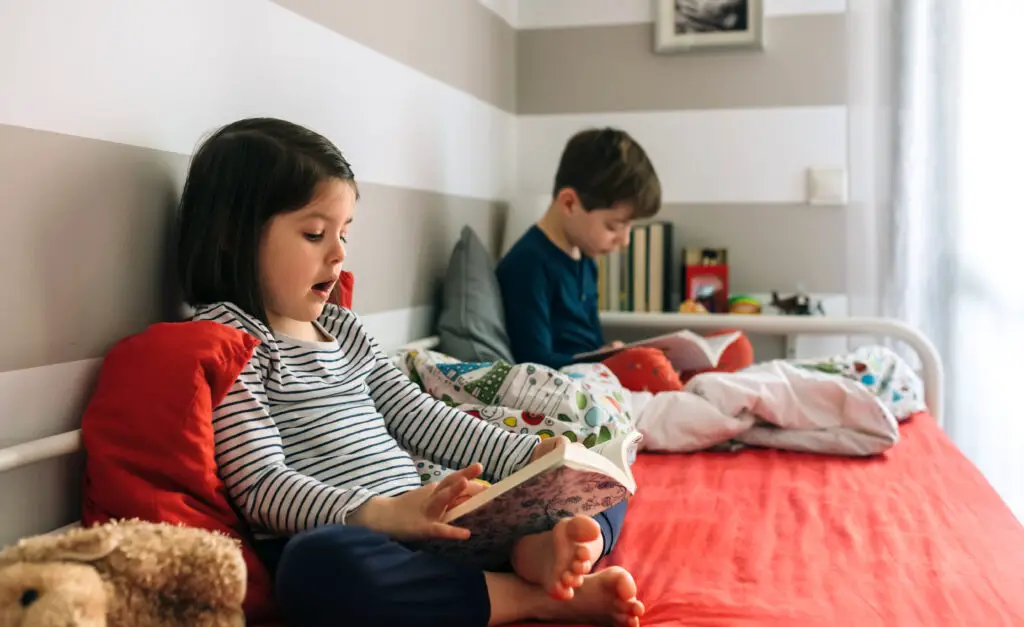
“See Spot run.” If that phrase unlocks a childhood memory, you probably learned to read with Dick and Jane. These simple reading primers had a repetitive rhythm that helped kids master the basics. The illustrations were quaint, and the stories were about as wholesome as it gets—helping around the house, playing catch, going to school.
They weren’t flashy, but they worked. Kids followed along page by page, sounding out every syllable until the stories clicked. Today’s early readers are filled with colorful characters and adventure, but there’s something sweetly nostalgic about the calm, steady world of Dick and Jane. For many, it was the first step into a lifelong love of reading.
13. Classroom Pointer Sticks
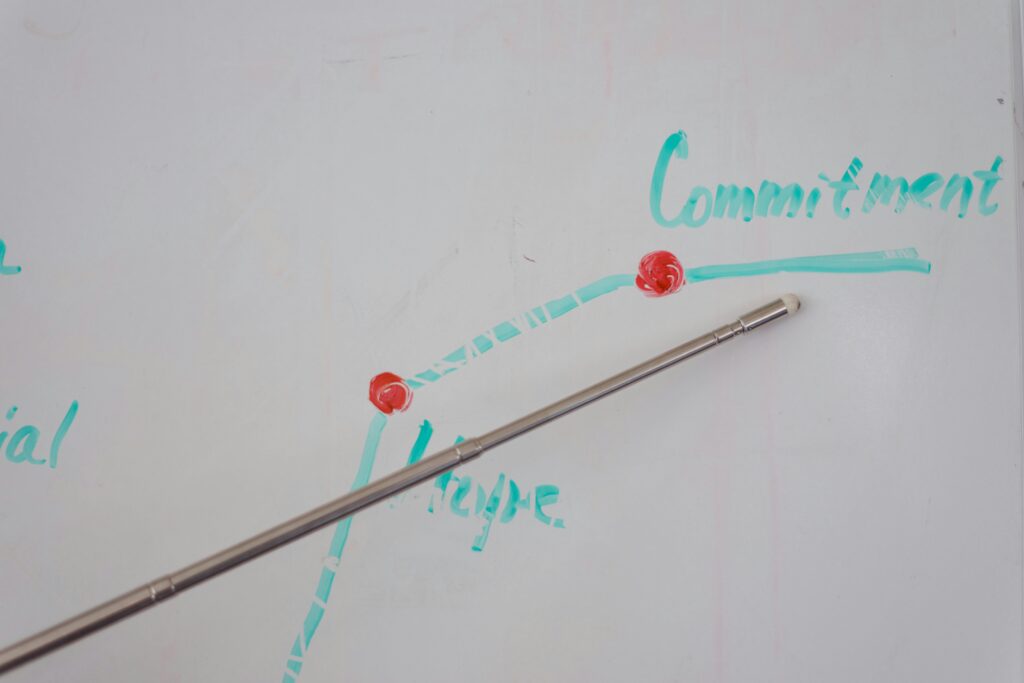
Long, skinny wooden pointer sticks were a staple in every teacher’s toolkit. They’d tap the blackboard, underline key words, or gesture to a wall map with the dramatic flair of a magician. There was something authoritative about them—when that pointer came out, you knew it was time to pay attention.
Sometimes, the pointer would double as a back scratcher or a quiet warning to stop talking. Kids always wanted to hold it, even if they had no idea what they were pointing at. These days, teachers use laser pointers or interactive screens, but the old-school pointer had a certain theatrical power. It turned a geography lesson into a performance, and every map into a treasure hunt.
14. Cuisenaire Rods
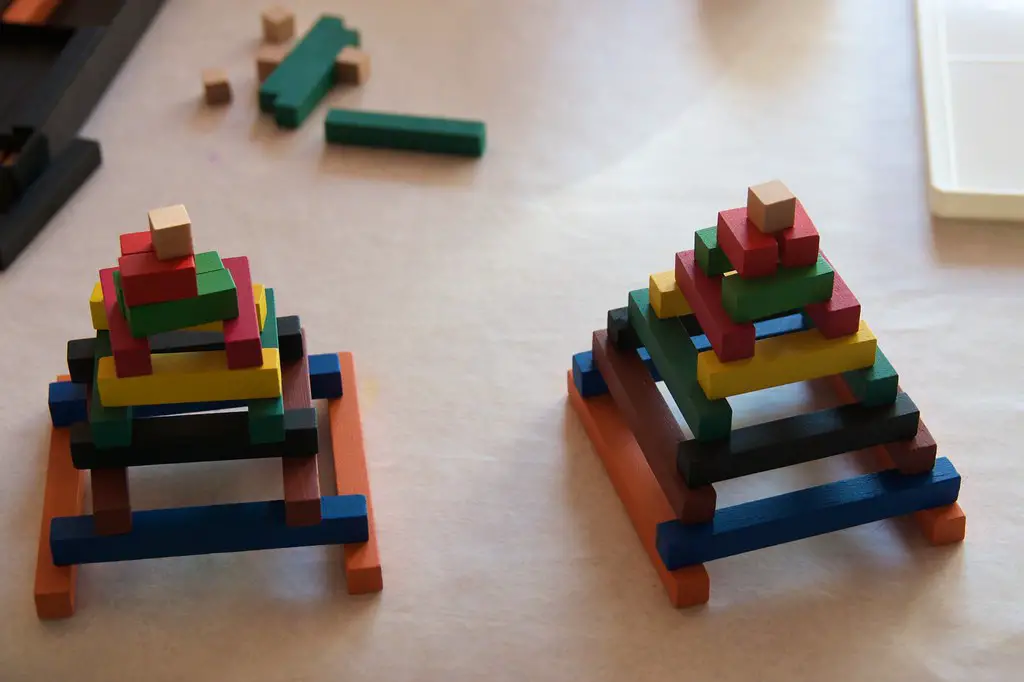
Before math apps and smartboard games, there were Cuisenaire rods. These colorful wooden blocks came in various lengths and were used to teach concepts like addition, subtraction, and fractions. They didn’t talk or light up, but they made math hands-on and fun. You’d stack them, line them up, and start to see patterns that made numbers feel real.
They were especially helpful for visual learners who needed to see what numbers were doing. Teachers would guide you through exercises, but the best part was the quiet tinkering you could do on your own. Even if you didn’t fully understand the lesson, it felt like playtime. In a digital world, it’s rare to find math tools that let you build, touch, and explore like that.
